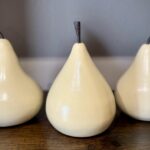Nothing symbolizes the exclusive beach resort experience quite like a stately palm tree. Lucky for us, there are many varieties to choose from that grow well in our tropical climates and salt-hearty soils.
For those unfamiliar with palms, our state tree, the Sabal Palmetto(or Cabbage Palm), is the only palm that is native to Brevard. This means that any other palm you choose to plant will require special care in order to ensure it thrives.
Selecting the right palm for your landscape, following good planting practices and establishing a maintenance routine will reward you with the relaxing tropical beauty, softly swaying leaves and, perhaps, a coconut or two.
The following is a short list of palms you are likely to run across at retail nursery locations, with information on helping you select the palm best suited for your needs.
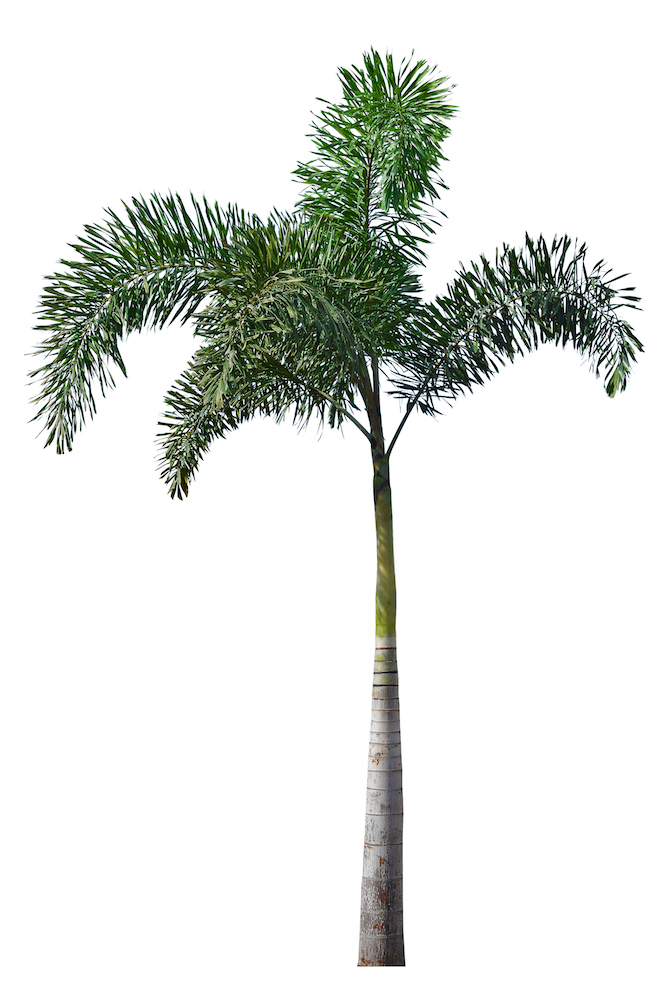
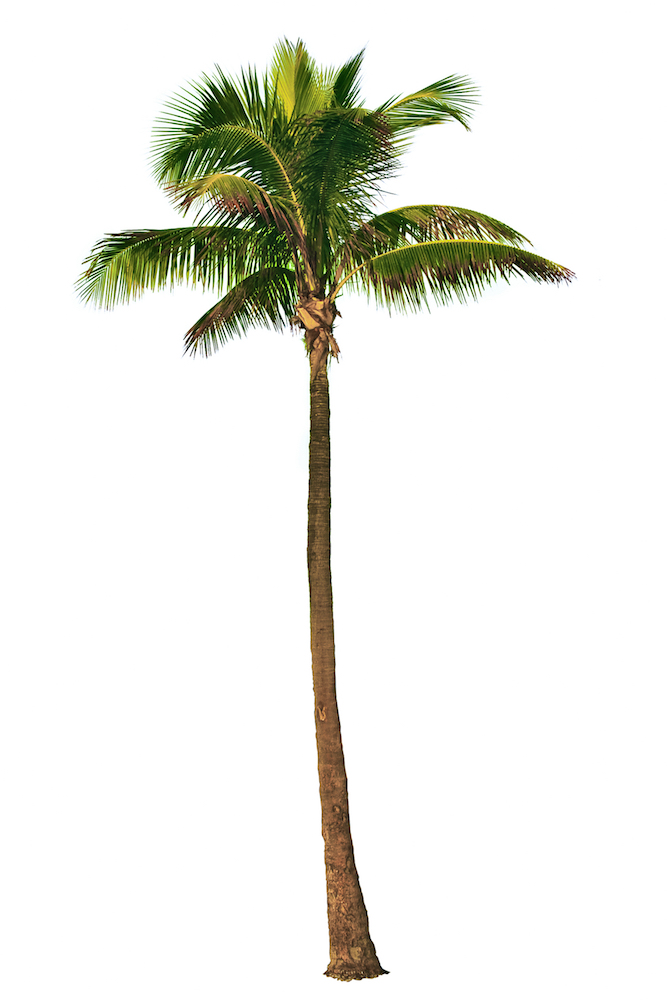


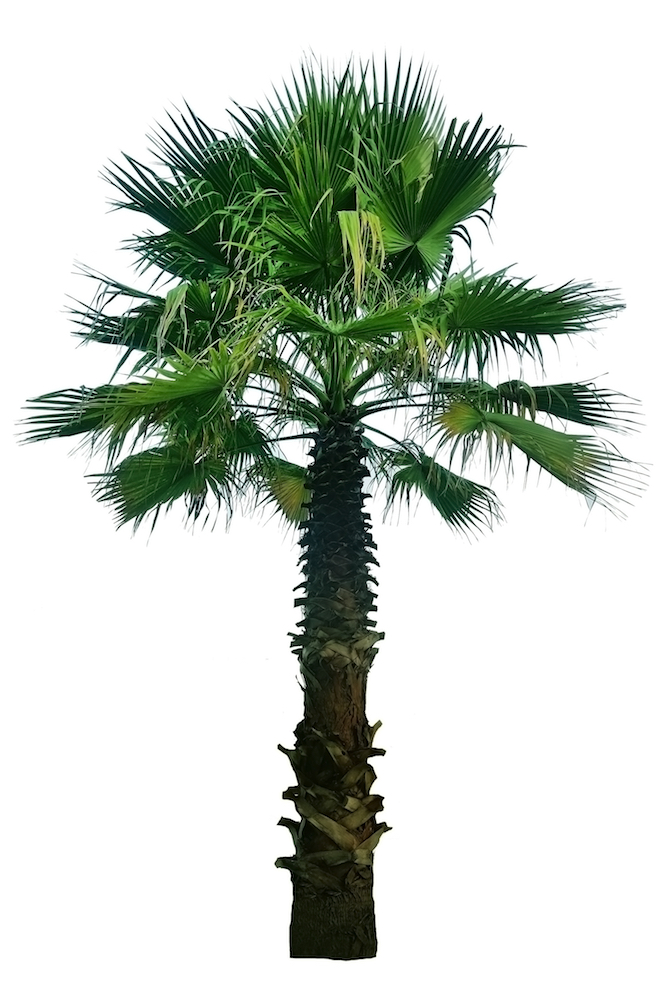
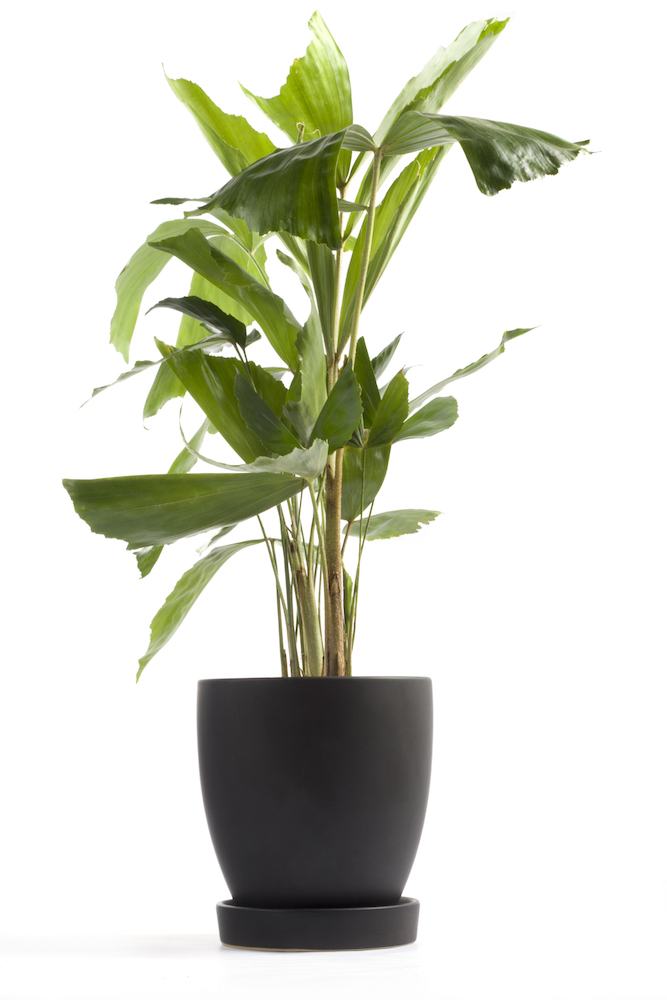

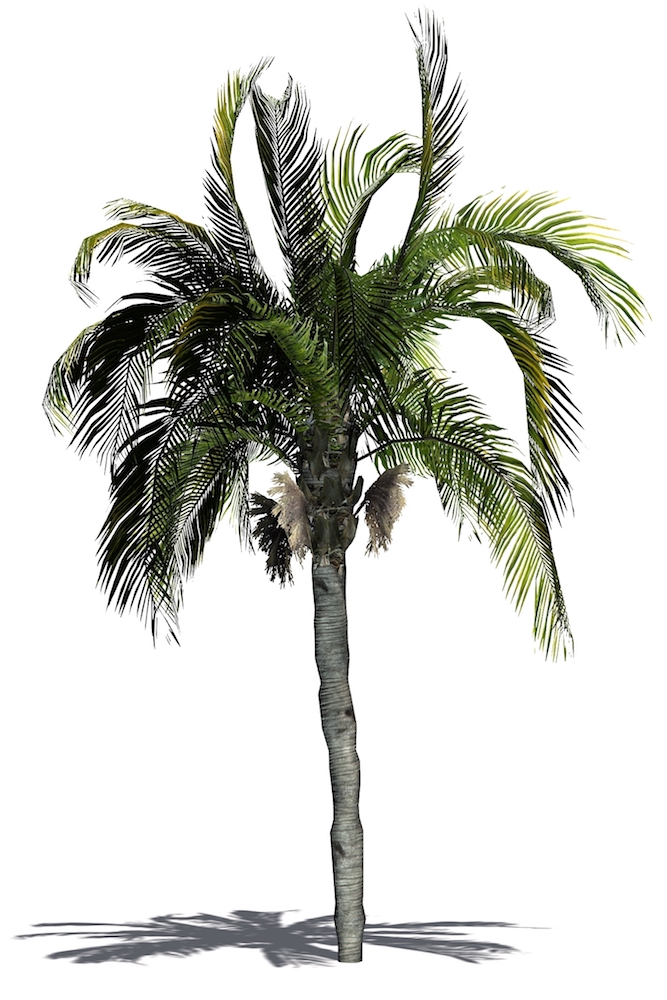

Raising Healthy Palms
After planting, palms require regular maintenance throughout their lives. Palms are heavy feeders, so you want to be sure to feed them at least once every 3 months with a quality palm fertilizer. Palms tend to be deficient in magnesium and manganese, which causes yellowing and curling of the ends of the fronds. This curling is known as “frizzle top” in the horticulture world and can generally be corrected with the right nutrients.
Though we are known for our mild winters here, your palms are used to neotropical climates, and may require covering on nights when temperatures dip below 40 degrees.
Choosing the right palm for your space will result in the creation of your own beautiful, lush Eden, a worthy backdrop for summer get-togethers for years to come.
Steps to Planting Success
Be sure to follow these eight steps to get your palm off to a great start!
- Remove all grass 3 feet from where you plan to plant your palm
- Loosen the soil by digging 2 feet from intended planting area
- Dig a hole slightly wider than the palm, so that it can sit comfortably in the space
- Place the palm in the soil taking care that the root ball level is level with the ground
5. Backfill with a mix of your own dirt and an enriched soil (halfway) and water
6. Backfill the rest of the hole with remaining soil and water again
7. Use three inches of mulch, if desired, around the planting site, making sure to avoid putting it too close to the tree
8. Water! Create a watering schedule to ensure your new palm is being properly hydrated. Water daily for the first 2 weeks, taper off to every other day for the next 2 weeks, and so on until you rest at 2 times a week (when it hasn’t rained).

Amanda Rose Newton
Amanda Rose Newton is a Florida certified horticulture professional; board certified entomologist, beekeeper, and educator. She holds an Associates of Science in Horticulture Technology, A Bachelor of Science in Biochemistry, a Master’s of Science in Entomology with a specialization in Integrated Pest Management, and is currently pursuing a Doctorate at Florida Institute of Technology.



